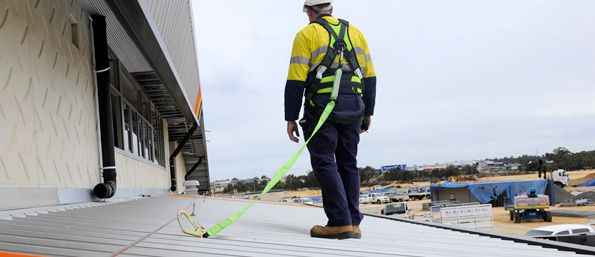Occupations that involve working at height such as roofing, construction, crane, etc are a risky job. The workeven fatalities that commonly occur when working at heights. Safety harness generally includes three components: full size body safety harness, an anchorage, a line/tether that ties you to fixed structure.
You may spend hours on searching a right harness and only left with frustration. The very first thing to consider when selecting a harness is the categories of your job specialty. Most harnesses are designed to do a particular job (construction, welding, high visibility, cross over, etc).
Comfort and perfect fit should be the nowhere in the equation when considering a harness, as some worker may need to wear it all day long. Some harnesses are available in different sizes, while a standard size normally will fit most workers. A harness should also be easy for you to get into and adjust, just like put on a jacket by buckle the shoulder and leg straps.
The dorsal anchorage D ring is the preferred point of attachment to use for all prevention. The anchorage points on the front of the body are used as fall arrest measures during access (ascent using a glider on a rope, or with a system fixed to a cable or a rail) or during work on such features as inclined roofs. You may also consider some extra features such as mesh breathable padding, comfortable fabrication constructions, etc.
When a harness is literally a part of your daily work life, you do not want a second-best.
Visit Harness Gear & Accessories for more details.

